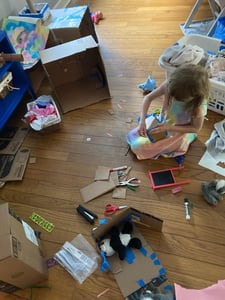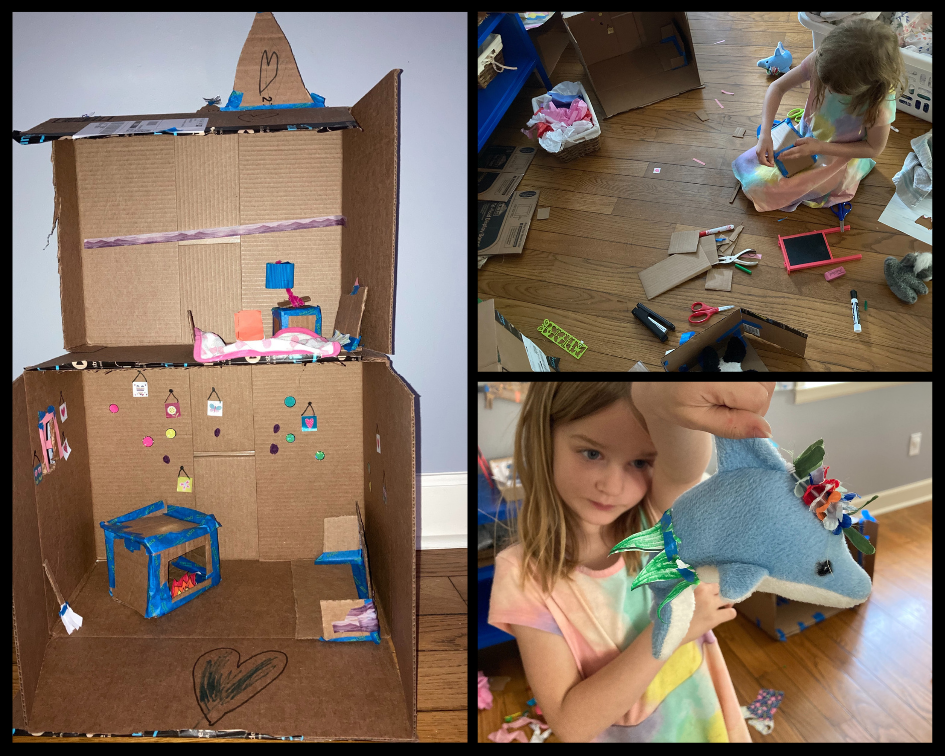
With the increased presence of virtual schooling, parents and educators of young children, including myself, are finding themselves stressed. Are children getting the content they need? How do I engage children in learning virtually? How do we help children develop essential skills such as curiosity, attention, and emotion regulation in a virtual setting? In a recent New York Times op-ed, entitled “Kids Can Learn to Love Learning, Even Over Zoom”, psychologist Adam Grant shared ways that teachers can promote curiosity in a virtual classroom. He discussed the importance of including “mystery, exploration, and meaning.”
I appreciate Grant’s insight and his reminders. However, I think there are two key ingredients missing to this equation that are highlighted in the CLASS framework: Regard for Student Perspectives and Teacher Sensitivity. In order to create mystery, allow exploration, and find meaning, teachers and parents need to be in tune with children’s needs and readiness levels and try to understand their motivations and interests.
Here is an example from my family:
Back in April, when we realized that schools were not going back for the semester, my kindergartener was supposed to be learning about fractions (specifically ½.) Her teacher sent two options for work that week: cutting playdough shapes or a worksheet. Even with a hands-on option, my six year-old was having none of it. After several attempts at engaging, providing alternative activities, and honestly, cajoling, I gave up and let her play. She simply was not ready.
I did check with her teacher before giving up; she emphasized that the objective was understanding the idea of parts and a whole. After that conversation, I made more of an intention to talk about halves and parts in our daily lives (I’m cutting the apple in half. When you put these two smaller blocks together, they are the same size as the one bigger block), but I didn’t make her sit down for a specific fractions lesson.
In CLASS terms, I was sensitive to the idea that she wasn’t ready, found ways to individualize support, and showed regard for her perspective by letting her lead her own exploration. I then embedded content information and application where I could.
Fast forward to September. My daughter spent the whole morning of Labor Day creating a house for her dolphin with boxes, paper, markers, tape, and stickers. Here she is in the middle of the process and her finished product.

To create this masterpiece (yes, I’m biased), she used lots of skills related to parts, whole, and measurement, including identifying and cutting pieces of cardboard in half. She identified the halfway points for the “hooks” on the paintings and for the panes on the window. She made a blueprint for the fireplace and then created it. She used the concept of half in a real-world application of design. Additionally, she demonstrated other important skills. She described her thinking to me as I helped make sure the lamp would stand up. Her attention was sustained and she showed pride for her accomplishment at the end. Through child-directed play and supportive interactions, she utilized tangible skills that are important in the classroom and beyond.
I know this school year is tough for everyone involved. My hope is that teachers and parents can find more ways to be aware of and responsive to children’s needs and remember to take time to see the world from a child’s perspective. Remember that there are lots of possibilities for how children could learn about and demonstrate a particular skill or concept. Work to get on the same page for the learning objective and be open to the amazing ways that kids could get there.
If you need help, Teachstone has created guidance for teachers to support these kinds of interactions with children in virtual and socially-distanced settings, including ways to work with families. Good luck this year!

